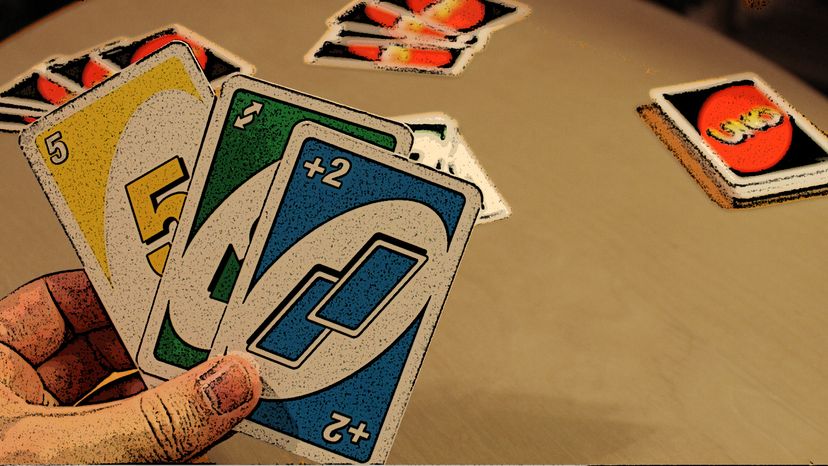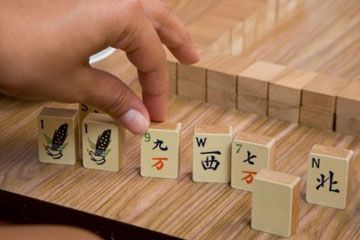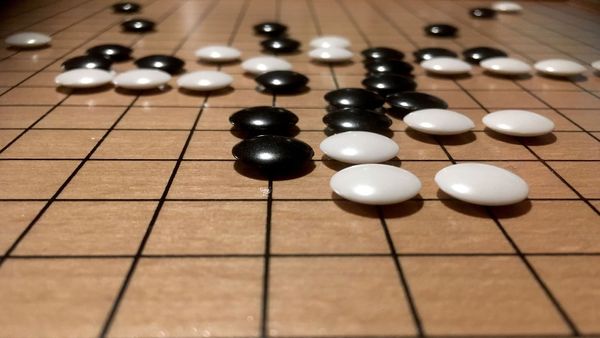
Are you looking for a game that's easy to learn, simple to play and fun for everyone? UNO, one of the world's most popular card games, may fit the bill perfectly. Like most games, it's great for a family gathering, a rainy day, or whenever cries of "I'm bored" threaten to spoil a long afternoon. After all, who could resist its simple appeal, bright colors and opportunities to shout in the face of imminent victory? No, really: The name of the game is the Spanish word for "one," and a player must shout "Uno!" whenever he or she has only one card remaining. The fun, of course, lies in navigating a sea of Skips, Reverses and Draw Fours to get there.
UNO was first designed by Ohio barbershop owner and card lover Merle Robbins in 1971 as a variation of the popular game Crazy Eights. It soon became a favorite with family and friends, and he realized others might enjoy it as well. His family pooled together $8,000 to print 5,000 card games, which he sold from his barbershop and in a few local businesses [source: Mattel].
Advertisement
Robbins sold the rights to the game to funeral parlor owner Robert Tezak for $50,000, plus royalties of ten cents per game. Tezak formed International Games to market UNO — and became a multimillionaire in the process. In 1992, International Games became part of the Mattel toy company. Now, nearly five decades after its creation, UNO is played by millions around the world.
To learn the rules of the game and strategies for winning, read on.
Advertisement



